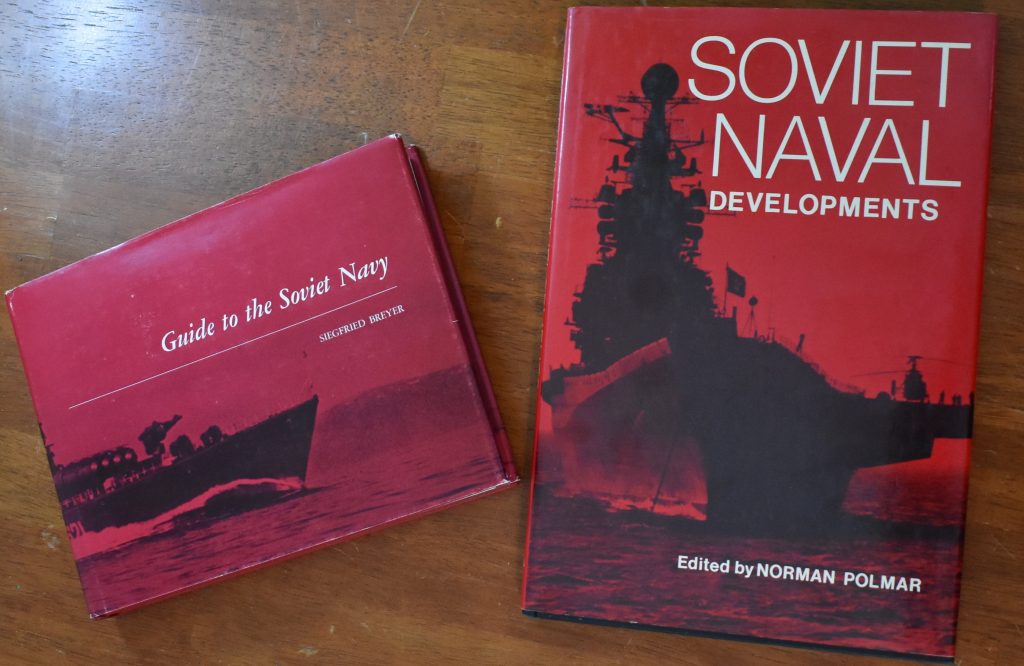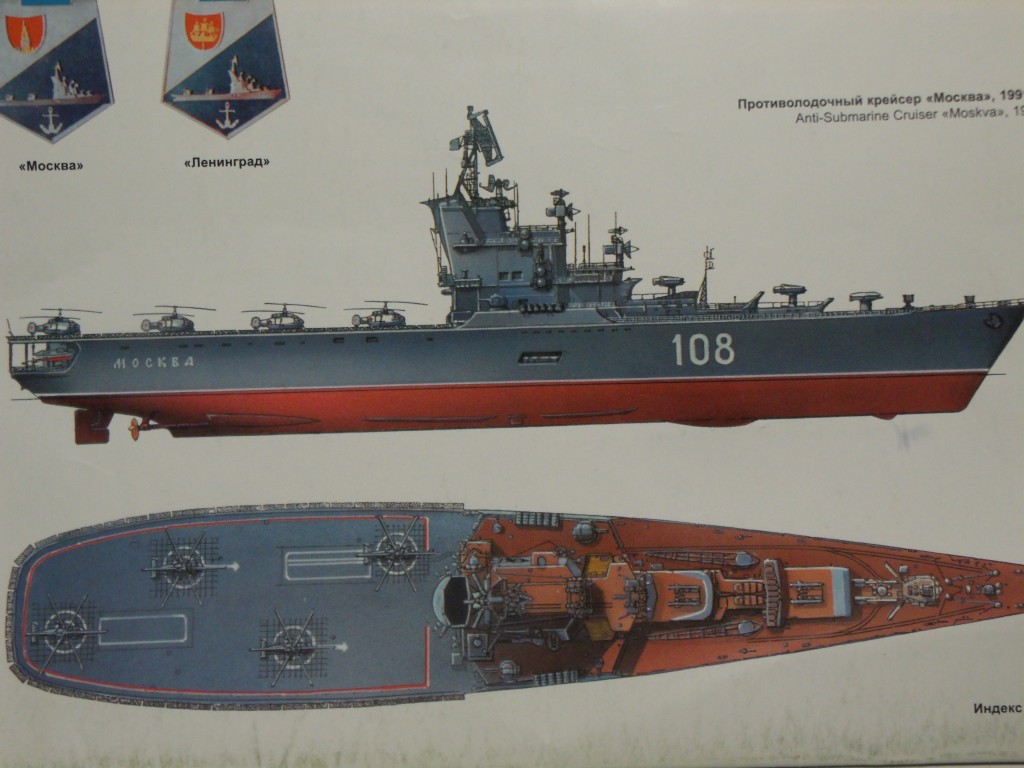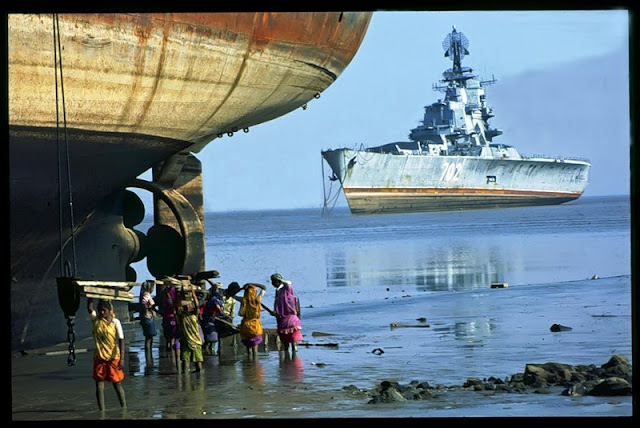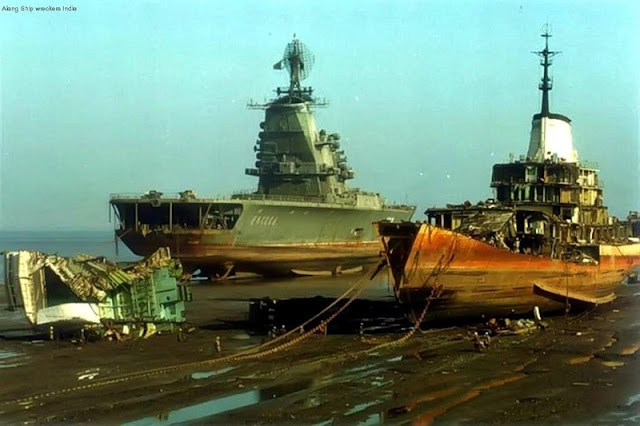Contrary to what ‘western’/NATO military analysts try to promulgate, the Moskva/Leningrad were not attempts at building an aircraft carrier (Even several recent U.S. publications still call them failed attempts at building aircraft carriers!), and they were not strictly helicopter carriers, they were dedicated anti-submarine ships that carried a lot of anti-submarine helicopters. The official Soviet Navy designation was Protivolodochny Kreyser (Противолодочный Крейсер), which literally means (In English) anti-submarine cruiser. The primary mission was to protect Soviet ballistic submarines from U.S. Navy (USN) attack submarines.
During the Cold War, I bought these two books in order to learn about Soviet naval development. One book was published in 1970 by the U.S. Naval Institute, the other was published in 1979 under the direction of ‘intelligence’ officials with the U.S. Department of the Navy. The ‘expert’ western analysts of both books acknowledge that the official Soviet designation for the latest Soviet ships was anti-submarine cruiser, however, they both insist on comparing them to full blown U.S. aircraft carriers (a felicitous Apples-to-Oranges comparison), and as a result they declare the ships to be miserable failures. Supposedly, there was some kind of agreement that forbade the Soviets from building full-blown aircraft carriers, and western/NATO analysts truly believed Moscow and Leningrad were feeble attempts by the Soviets to get around that agreement. For some odd reason, this western belief that Moscow and Leningrad were attempted aircraft carriers persists, as I’ve seen U.S. Navy, and even Royal Navy, articles published as recently as 2016 still harping on how terrible the Moscow and Leningrad were at being aircraft carriers!
Moskva (Москва, Moscow) and Leningrad (Ленинград) were sub-hunters. Hidden below their waterline, on the bottom of their hulls, was a relatively small fixed hydroacoustic dome and a ridiculously large and extendable/retractable hydroacoustic dome, used for hunting submarines, and possibly the cause of the ships’ reportedly poor rough seas handling. The electronics on these ships were the latest and greatest that the Soviet Union could produce at that time, however, by the time they entered service new U.S. submarine technology already rendered the Moskva Class outdated as sub-hunters.
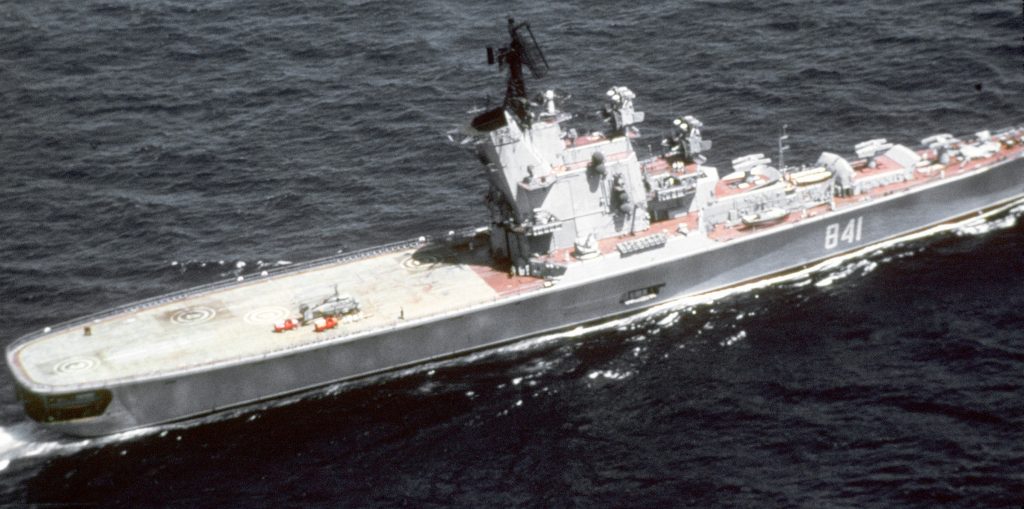
The USN released this photo in November 1990. #841 was used on Moscow in 1970, and again for a very short time in early 1978. Another clue that the USN date is wrong is that there is no name applied to the side of the ship, names were applied after mid-1978.
According to Russian sources, Project 1123 was ordered in December 1958. Moscow officially beginning operations in April 1967, Leningrad began operations in June 1969. The hull numbers on the anti-sub ships changed over the decades, dozens of hull #s were applied.
Silent USN film of #857 Moscow, from 26-27AUG1969:
Mediterranean Sea, sometime in 1970, USN film showing rough seas handling of 841 Moscow. According to an internet source, 841 was first used on Moscow in 1970, yet the U.S. National Archives information for this USN film claims that ship 841 is Leningrad:
Mediterranean Sea, February 1972, silent USN film of 845 Leningrad putting on a show for the crew of the USS Springfield (GLC-7), and allowing the USN to get some close-up shots that kit builders will love:
Mediterranean Sea, February 1972, Kamov 25 (NATO reporting name ‘Hormone’) helicopters of 845 putting on a show for USS Springfield, returned by a USN Kaman SH-2 Sea Sprite flying around 845. Internet sources say hull number 845 was used on Leningrad starting in the later half of 1969, changing over to 844 sometime in 1972:
Silent USN film of 845 refueling off the coast of Greece, February 1972:
Just days after the above USN films of Leningrad were made, Russian sources say that in March 1972 Leningrad helped with rescue efforts for the submarine K-19, which had caught fire off the coast of Newfoundland, Canada. Moscow was used to test the Yak-36 VTOL jet in November 1972. Both Moscow and Leningrad supported Egyptian operations against Israel from 1970 to early 1974. From August to October 1974, Leningrad cleared anti-ship mines from the Gulf of Suez.
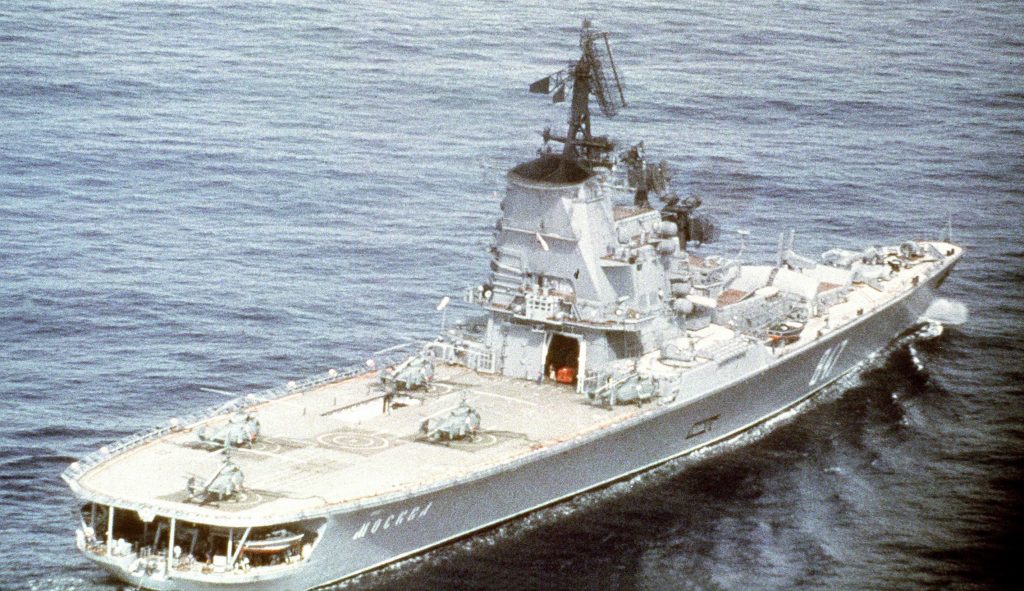
USN photo released in 1982. However, reportedly 847 was used on Moscow for a very short time only at the end of 1978, the hull # in 1982 was 106. Also, the name Москва is painted on the ship, prior to 1978 names were not painted on the ships.
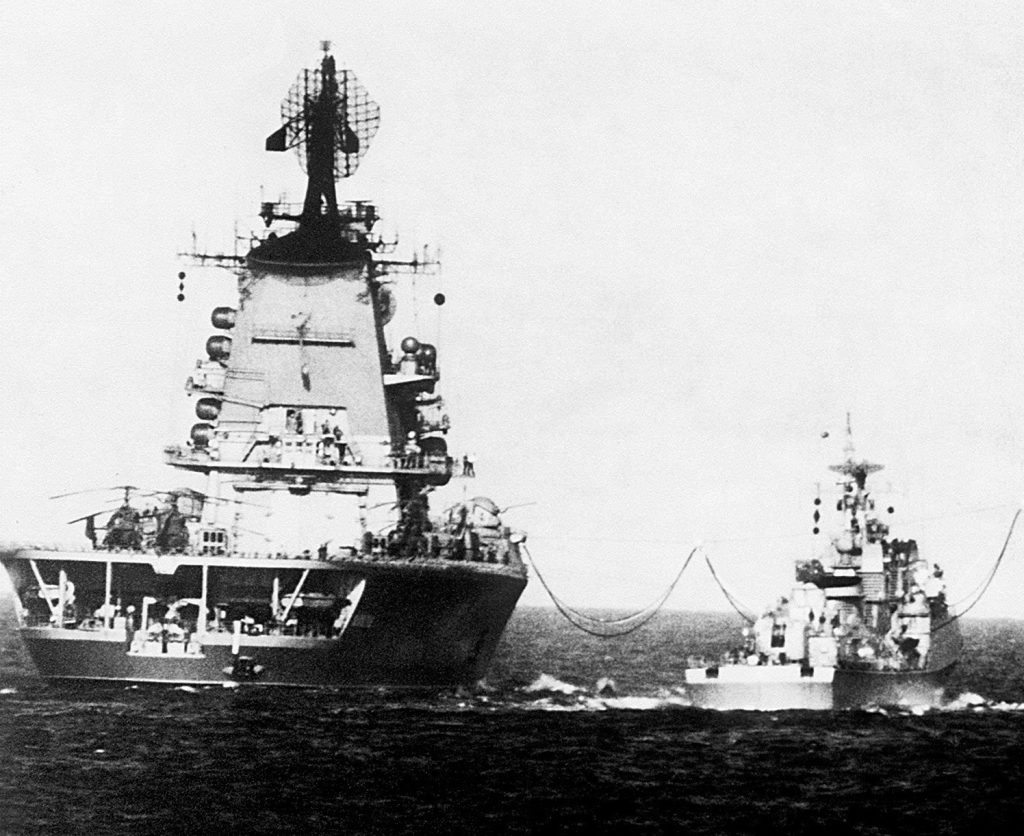
A photo published in the U.S. Defense Intelligence Agency’s Soviet Military Power review, dated May 1985. It shows refueling operations in the Caribbean Sea. There is a name painted on the side of the ship. Russian sources say Leningrad was visiting Cuba in 1984.
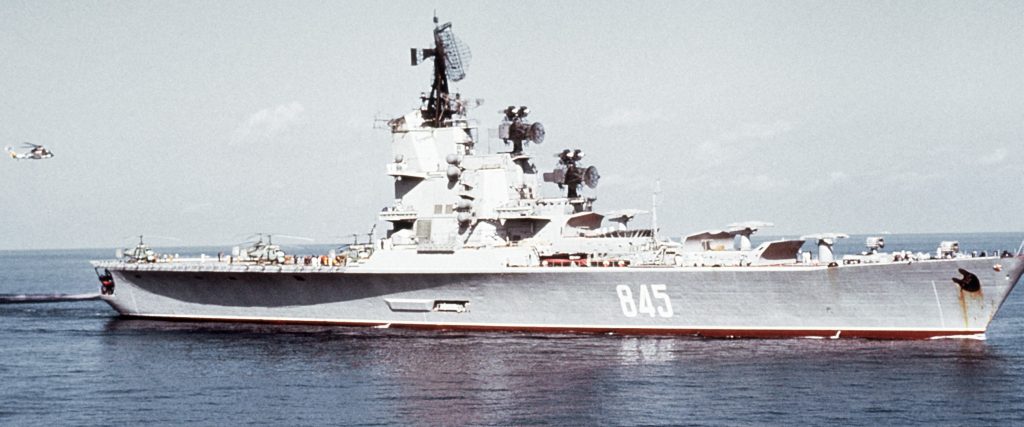
Another USN photo with an incorrect date. The USN claims the photo was taken in September 1990! However, it is clearly part of the film from above dated 1972. You can see the USN Sea Sprite circling 845 Leningrad, which is in the film. Also, hull #845 was used from mid-1969 to mid-1972. There is no ship’s name painted on the hull, which would have been present in 1990, as you will see in the photos below.
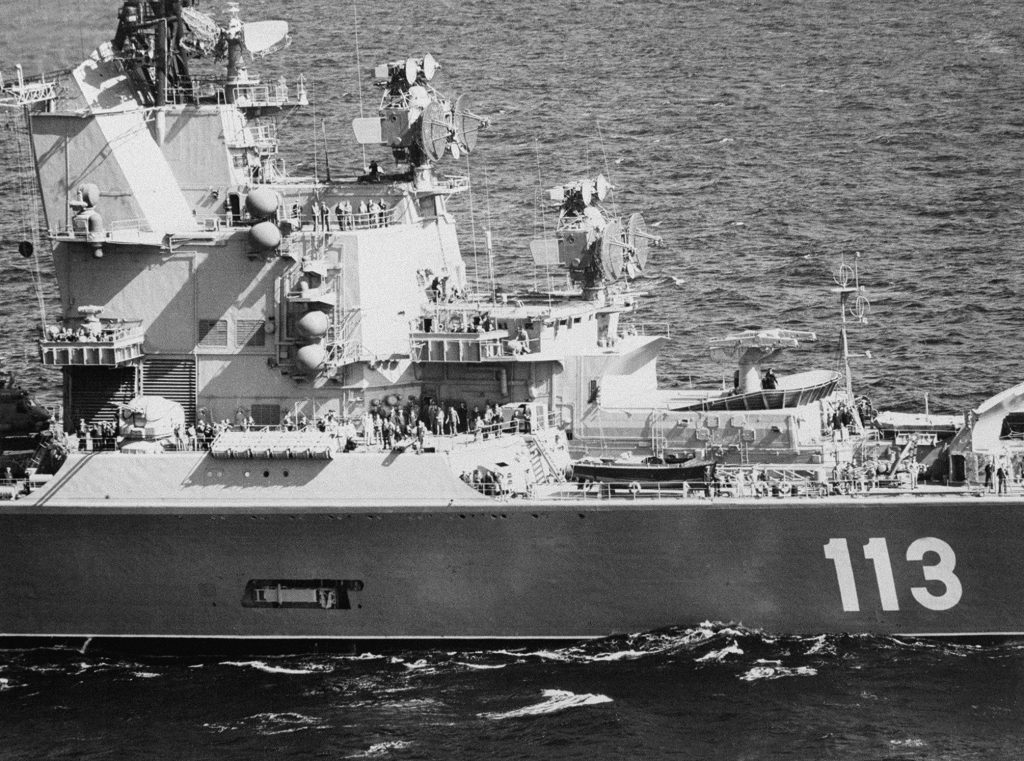
A USN photo with the correct date, September 1981! Leningrad used hull #113 from mid-1981 to mid-1984.
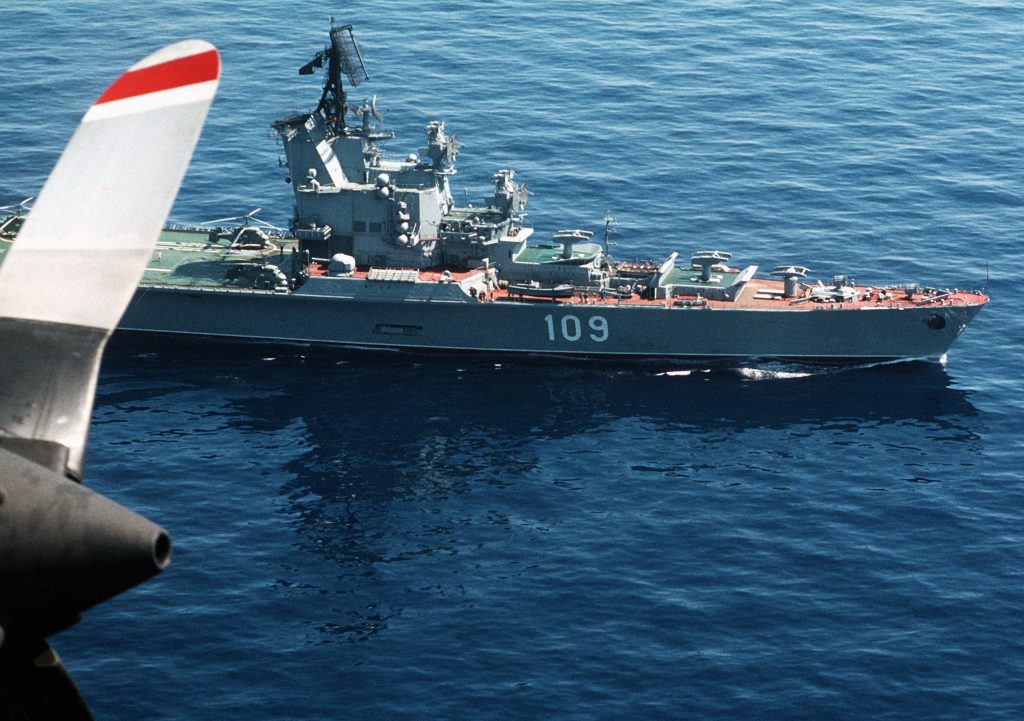
109 Leningrad cruising the Mediterranean, Spring 1990. Hull # 109 was used from mid-1988 to mid-1990. Notice the feathered prop on the USN P-3 Orion. USN photo by Photographers Mate Third Class Stephen L. Batiz.
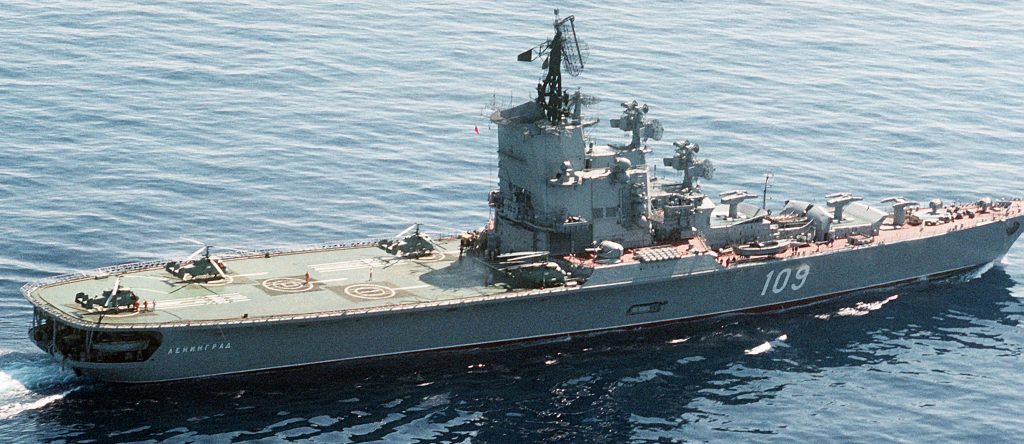
109 in The Med, Spring 1990, about one year before the collapse of the Soviet Union literally killed the Leningrad. The name Ленинград is applied. It looks as if the Leningrad has a fresh coat of paint. USN photo by Photographers Mate Third Class Stephen L. Batiz.
Leningrad was scheduled for major upgrades in 1991, but the economic collapse of the Soviet Union instead resulted in Leningrad being stricken from naval service, due to lack of money.
The last hull number for Leningrad was 702, there are photos on the inter-web showing a rusting 702, apparently moored in a Crimean port in 1995, just before being scrapped in Greece (according to the website). However, Russian sources say Leningrad was hauled to India, not Greece, for scrapping in August 1995.
There are also photos showing a beached 702, apparently at a scrapping operation somewhere along the coast of the Indian Ocean (going by the way the people in the photo are dressed), one inter-web posting claims the photos were taken in August 2007 (And incorrectly says it is Moscow, the hull # is clearly 702.)!
The last hull # for Moscow was 108, it was stricken from naval service in November 1996, Russian sources say 108 Moscow was hauled from Crimea to India in May 1997 to be scrapped. One website dates the photo of Moscow (going by the name on the hull) on the beach at Alang, India, as 1997.
By the early 2000s, the collective scrapping operation known as the Alang Ship Breaking Yard became the world’s largest ship recycling operation, and an environmental time bomb as a result. Russia has sent many Soviet era ships to the graveyard of Alang.
Building Moskva/Leningrad in 1:600 Scale: 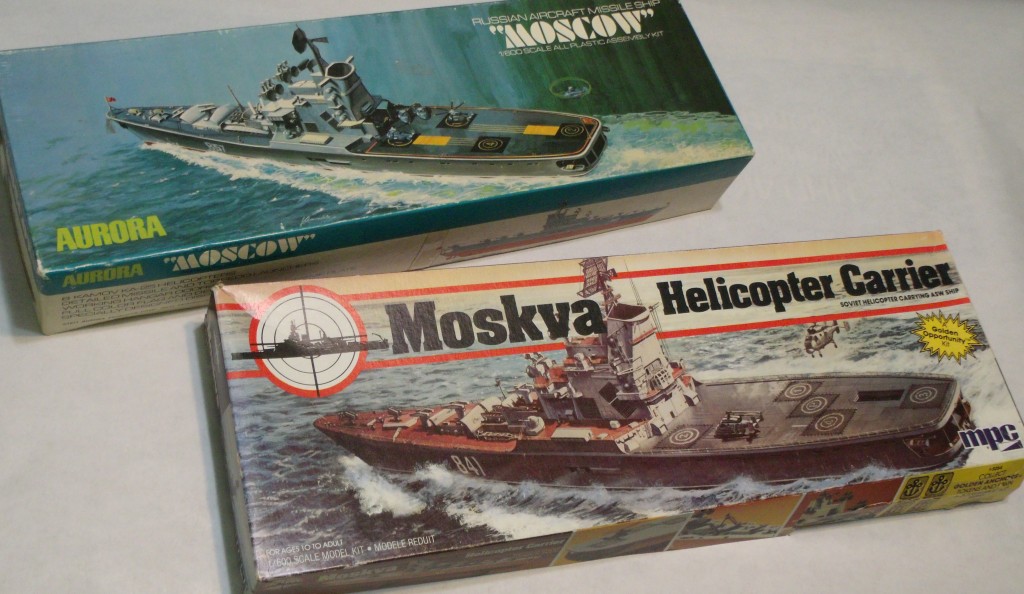 Project 1123: AURORA VS AIRFIX
Project 1123: AURORA VS AIRFIX
Cold War Helicopters:  KAMOV 25 ‘HORMONE’
KAMOV 25 ‘HORMONE’
Cold War Boats: 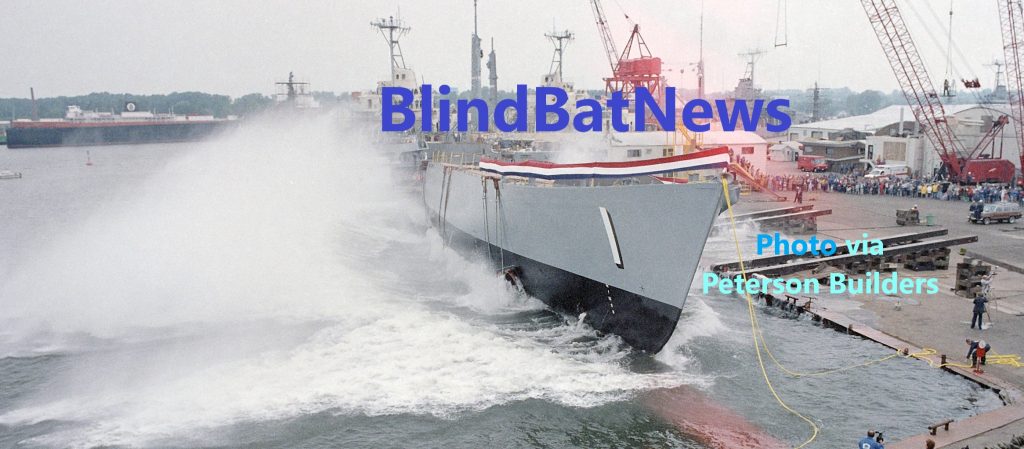 FIBERGLASS & WOOD, USS AVENGER (MCM-1), KEEL LAYING TO COMMISSIONING.
FIBERGLASS & WOOD, USS AVENGER (MCM-1), KEEL LAYING TO COMMISSIONING.
Cold War Finale: 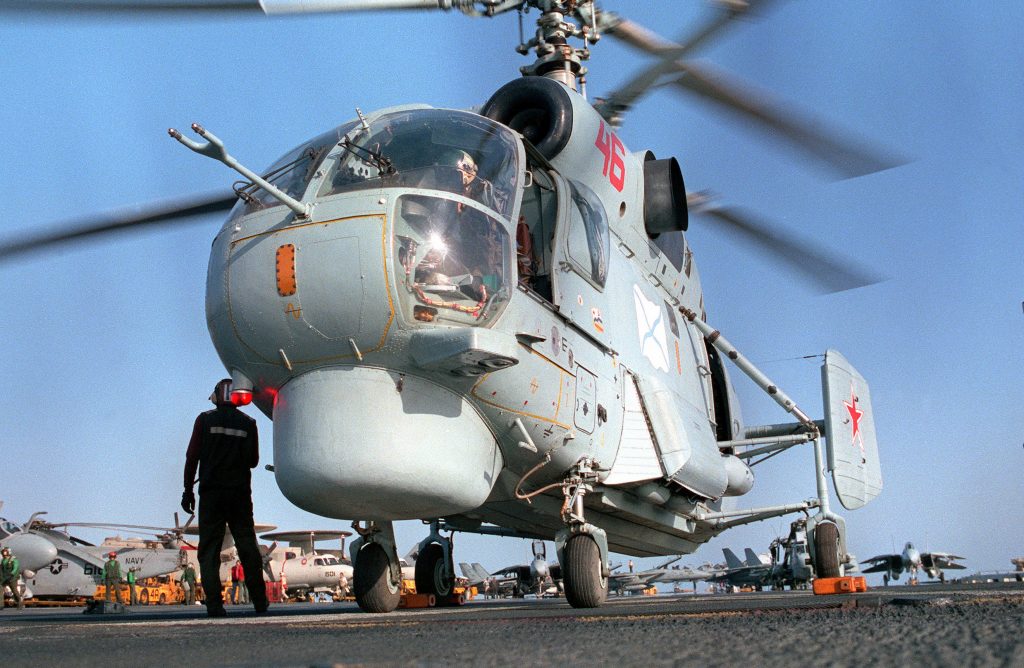 SOVIET Ka-27 HELIX BOARDS U.S. AIRCRAFT CARRIER!
SOVIET Ka-27 HELIX BOARDS U.S. AIRCRAFT CARRIER!

